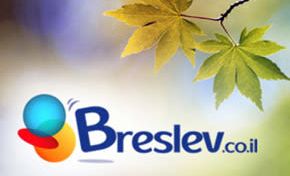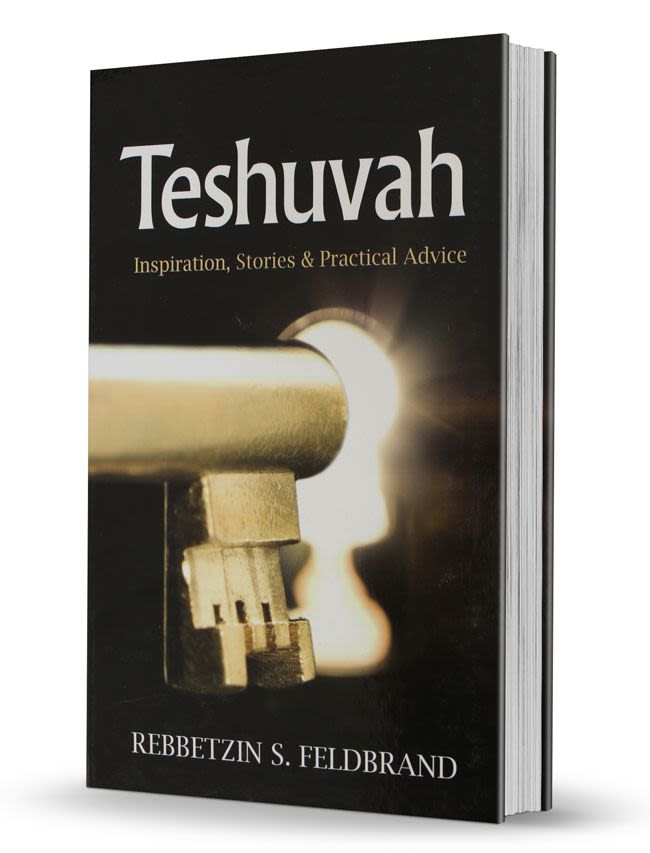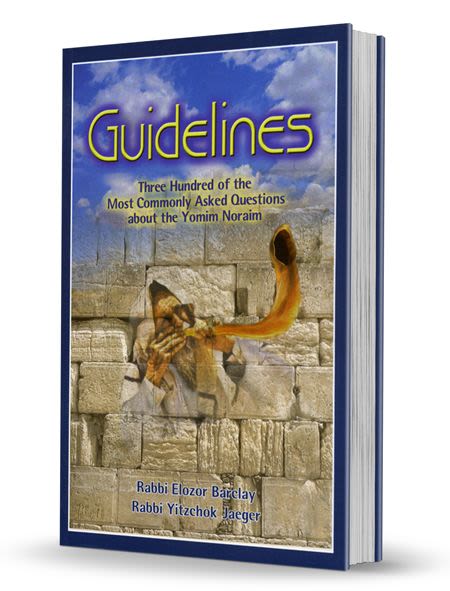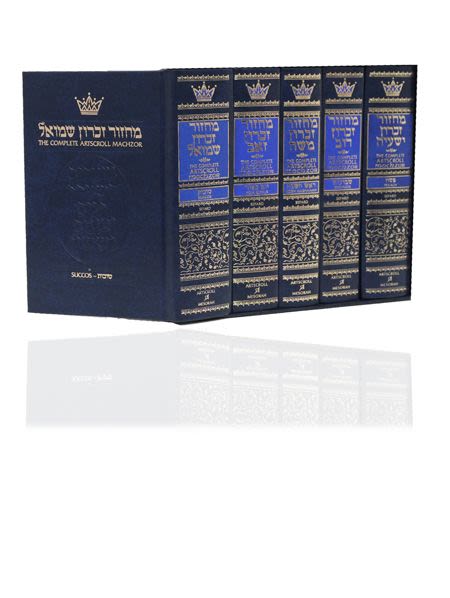
A Most Memorable Neilah
I now start preparing for the Days of Awe right after Shavuot, and for his part, the yetzer hora sees to it that my head throbs, I am exhausted, desperately...

Shavuot has passed. As I stand before the open refrigerator, contemplating the last bit of Yom Tov cheesecake, I become aware of a barely perceptible, ill-defined uneasiness. A subtle twinge of apprehension has settled into my stomach and is competing with the cheesecake for my attention and my gastric enzymes. The cause is not hard to identify. My nervous system is alerting me to the fact that the Days of Awe, more specifically Yom Kippur, is right around the corner. Why, you may well ask, should anyone worry about Yom Kippur in the middle of Sivan? I will tell you. I have a problem. As is the case with many of my problems, this one began when I started to study Chassidut.
Back in the 1960’s B.C. (Before Chassidut), Yom Kippur was a relatively simple affair. On Yom Kippur I was obligated to do teshuva (repent). In essence, this involved an apology to the Almighty for any sins that I might have committed during the course of the past year, accompanied by a request that He write them off. In order to render a perfect service on Yom Kippur, there were three requirements that had to be met:
- I had to stay on my feet
- I had to say everything in the Machzor (prayer book) and
- I had to weep
The first two were easy enough, but I often had trouble squeezing out a few tears because I couldn’t see that I had done much wrong, and certainly nothing serious enough to cry over.
Nonetheless, the procedure called for tears of contrition, so by the end of the day, by virtue of the emotional liability that develops during the latter stages of a long fast, and the inevitable onset of sore feet and a headache, I usually found something to cry about. Having thus acquitted myself of my Yom Kippur obligations, I could look forward to a joyous, carefree Succot and a year of well-deserved prosperity, health and success. This most satisfactory exercise stood me in excellent stead for many years, until I was introduced to the study of Chassidut, after which Yom Kippur (along with everything else) took on a completely different cast.
It doesn’t take long for the initiate to Chassidic teachings to realize that Yom Kippur is no simple game. The neophyte is rapidly sensitized to the overwhelming holiness of the day. He is aware of the urgent need to utilize these precious hours to redefine his very being and to reconstruct his life accordingly. The budding realization of what is at stake and exactly Who it is that makes Himself so accessible to us on this remarkable day, engenders feelings of genuine awe. The problems begin when Yom Kippur actually arrives and the naive enthusiast finds himself beset by the same grogginess, inane daydreams, violent headache and visions of a tall frosty glass of beer that preoccupied him on Yom Kippur in his pre-Chassidut days. In the old days, however, it didn’t matter because the main thing was to say everything in the Machzor, stay on one’s feet, and cry. To the newly enlightened student of Chassidut, however, it is painfully clear that the Almighty is not interested in the activity of the mouth, feet and tear ducts so much as that of the heart and mind; and in these, organs, the pickings are mighty slim.
Although the initial Yom Kippur experience was a catastrophe, I did not lose heart. I began to understand that the service of Yom Kippur requires significant preparation. In fact, as I soon learned, the entire month of Elul is devoted to laying the groundwork for the Days of Awe. Moreover, during this month, “the King is in the Field,” which is to say that Godliness, in the form of the 13 Attributes of Mercy, illuminates these propitious days and confers upon the Jew’s special powers that assist him in refining himself in preparation for the exalted services of Rosh Hashanah and Yom Kippur. I looked forward with relish to the next Elul and the Holy days that followed.
Things did not, however, work out as planned. Although the King was undoubtedly in the field, so were undergrads, graduate students, postdoctoral fellow, the admissions committee, the curriculum committee, the graduate faculty council, etc., all of whom demanded my fullest attention. The yetzer hora also had more to say than usual. So I never did find the King in that cacophonous, overcrowded field, and Yom Kippur, not surprisingly, was a repeat of the previous year.
It was then that I realized that the yetzer hora and allies were not about to let me experience a Chassidisher Yom Kippur. This was nothing less than war, and I was determined to win. The following year, I didn’t wait for Elul. I began preparations on the 15 of Menacham Av. I also increased my schedule of learning and took a variety of other measures such as extra Tehillim and tzedakah. The yetzer hora, in collaboration with my body, responded in kind, and arranged for me to get my inevitable headache that Yom Kippur by Mincha rather than Neila. He also distracted my benumbed bran with novel outrageous absurdities and preposterous imaginings. The next year I upped the ante once again only for the yetzer hora to see my bet and raise me. And so it has gone year after year. I now start preparing for the Days of Awe right after Shavuot, and for his part, the yetzer hora sees to it that my head throbs, I am exhausted, desperately thirsty and I have lost all control over my thoughts by Kol Nidre.
It is well known that the Almighty shows mercy to all of his creatures, including befuddled would-be Chassidim. Consequently, a few years ago, He took my part and arranged for me to experience a remarkable Neilah. The day had begun inauspiciously enough, and it went downhill from there, such that by Mincha, I had caught myself meditating on such sublime profundities as the identity of Hoppalong Cassidy’s sidekick, why my favorite brand of tomato juice costs 50 cents more in Canada than in the States, and why I had never advanced beyond the rank of “Bear” in the Cub Scouts. With a Mincha like that, it wasn’t hard to imagine what sort of debacle Neilah was likely to be.
I sighed in defeat as the Chazan stepped up to the lectern and solemnly intoned “Ashrei.” I had arranged my tallit and was about to turn to the wall when I was approached by a good friend. He was clutching his abdomen and his face was white with anguish. “Yankel, you’ve got to help me.”
I panicked. Disaster scenarios raced through my mind; a ruptured appendix? acute colitis? a dissecting aneurysm of the descending aorta? Not quite. The two rear clamps of his suspenders had become detached and his pants were falling down.
I assessed the situation in an instant. My friend was wearing his tallit, gartel, kittel and kapota, underneath which were the renegade suspenders. There was no way he could leave shul, put himself together and get back in time for Neilah. I told him to bend over and began working my way through the multiple layers of garments. I reached his shirt, and began groping up the back, hoping the suspender ends had retracted no farther than his shoulders. As I worked I could hear exclamations of astonishment, and I sensed a hundred pairs of gawking eyes. I should explain at this point that my seat on Yom Kippur is at the eastern wall of the shul. The front, center stage location of our outlandish performance insured unobstructed viewing for the entire congregation.
I finally located the two ends of the suspenders and brought them down but as I attempted to clamp them onto the pants, another crisis emerged. Although I had no prior experience with suspenders, I surmised, on the basis of simple logic, that the clamps on suspenders must consist of two jaws. These suspender clamps, however, had not only the obligatory two jaws, but an intercalated metal plate as well. The question now was whether the metal plate went on the outside of the pants or the inside. I had no time to speculate on the far more interested question as to why the metal plate was there in the first place. “Nu, Yankel, what’s taking so long?” said my friend. “Titain emes l’Yakov…” said the chazzan.” Gevalt”, said I, paralyzed with indecision. I finally opted to clamp one side with the plate out and the other with the plate in. I reasoned that even if one clasp gave, there would still be three supports and these should be sufficient to keep the pants in position.
By the time I had finished, the Chazan was winding up Kaddish. My grateful friend returned to his place and I turned to the wall and arranged my tallit. My mind was simply vacant. I was no stranger to pre-Neilah distractions, indeed, experience taught me to expect them, but the absurdity of this episode left me flabbergasted. Then, out of nowhere, during the last verses of Kaddish, a story materialized in my mind.
One winter, the Rebbe Rashab (Sholom Dov Ber) stayed in Menton, France. He was visited by his son, Yosef Yitzchak, later to become the Rebbe Rayatz. The two took long walks together by the sea during which the Rebbe Rashab shared many wondrous insights with his son. On one such occasion, the Rebbe talked about the importance of “thinking Chassidut,” that is, immersing oneself at length in profound holy concepts prior to prayer. The Rebbe stressed that deep focused thought in Chassidut makes the heart and mind receptive to Godliness. It refines and cleanses the natural soul of a Jew, and draws down on the divine soul lofty levels of Godly illumination. The Rebbe went on in this vein for some time, his holy features glowing with supernal bliss. Suddenly he stopped, shook off his reverie and excitedly exclaimed to his son that all of the benefits of meditating in Chassidut prior to prayer are of no account whatsoever in comparison to one blessing, and that blessings is the aptitude for, and pleasure in doing a Jew a favor.
Although this story flashed through my consciousness in less than an instant, the message was unmistakable. The Almighty had just now, in preparation for Neilah, bestowed upon me this very blessing. With a clear head, a full heart, and a joyous spirit, I turned to the wall and began to daven a most memorable Neilah.












Tell us what you think!
Thank you for your comment!
It will be published after approval by the Editor.